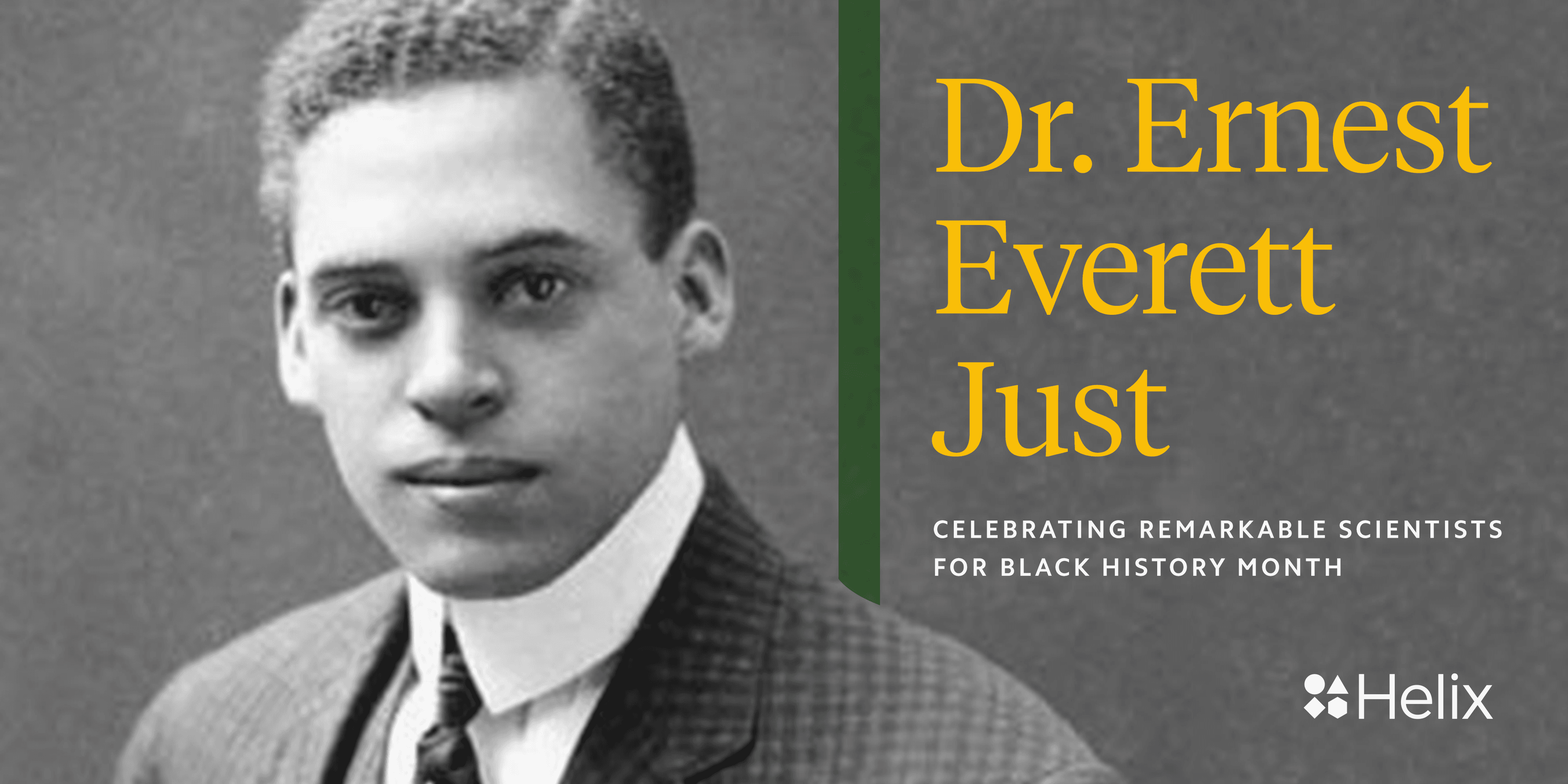Dr. Ernest Everett Just: Using sand dollars to solve biological mysteries

The ocean is a turbulent place that isn’t particularly hospitable to humans, so it may seem like the last place you’d expect to learn about human biology. As it turns out, though, scientists have learned a great deal about humans from sea life. In fact, much of what we know about human development is due to research on amphibians and other aquatic creatures. Dr. Ernest Everett Just was a particularly skilled biologist and a pioneer in the world of embryology who masterfully used aquatic life to study biology, changing the way we understand fertilization in the process.
In fertilization, there can be many millions of sperm all competing to fertilize a single egg—yet somehow, only one will succeed. If more than one sperm were to enter the egg, the results can be disastrous, resulting in destruction or deformation of the would-be embryo1. Because of this, it’s critical that the egg have mechanisms for preventing fertilization from multiple sperm. Thanks to the work of Dr. Just, we know how this process works.
Dr. Just used eggs from the marine animal Echinarachnius parma—commonly known as the sand dollar—to make breakthrough observations about fertilization2. He found that eggs protect themselves through a two-step mechanism that involves a fast response and a slow response. The first step is known as the fast-block, in which the egg detects that a sperm has fused with it. Once detected, the egg produces an ionic shockwave that pulses through it and changes the egg’s electrical charge, preventing other sperm from fusing with it. The second step is referred to as the slow-block, which essentially sheds the outer layer of the egg and removes any additional sperm that managed to bind to it1-3. Our understanding of this process enables us to better understand the very earliest stages of human development.
Dr. Just developed ideas and concepts about the molecular workings of biology that were far ahead of his time. Indeed, his research using marine life inspired numerous discoveries and led to more than 70 scientific publications during his career2,3. Dr. Just was a meticulous researcher who has been described as a perfectionist, a pioneer, and an inspiration.
1Gilbert SF. Developmental Biology. 6th edition. Sunderland (MA): Sinauer Associates; 2000. Gamete Fusion and the Prevention of Polyspermy. Available from: https://www.ncbi.nlm.nih.gov/books/NBK10033/
2BYRNES, W. MALCOLM. “Ernest Everett Just, Johannes Holtfreter, and the Origin of Certain Concepts in Embryo Morphogenesis.” Molecular Reproduction and Development 76.10 (2009): 912–921. PMC. Web. 23 Feb. 2018.
3Byrnes, W. Malcolm, and Stuart A. Newman. “Ernest Everett Just: Egg and Embryo as Excitable Systems.” Journal of experimental zoology. Part B, Molecular and developmental evolution 322.4 (2014): 191–201. PMC. Web. 23 Feb. 2018.